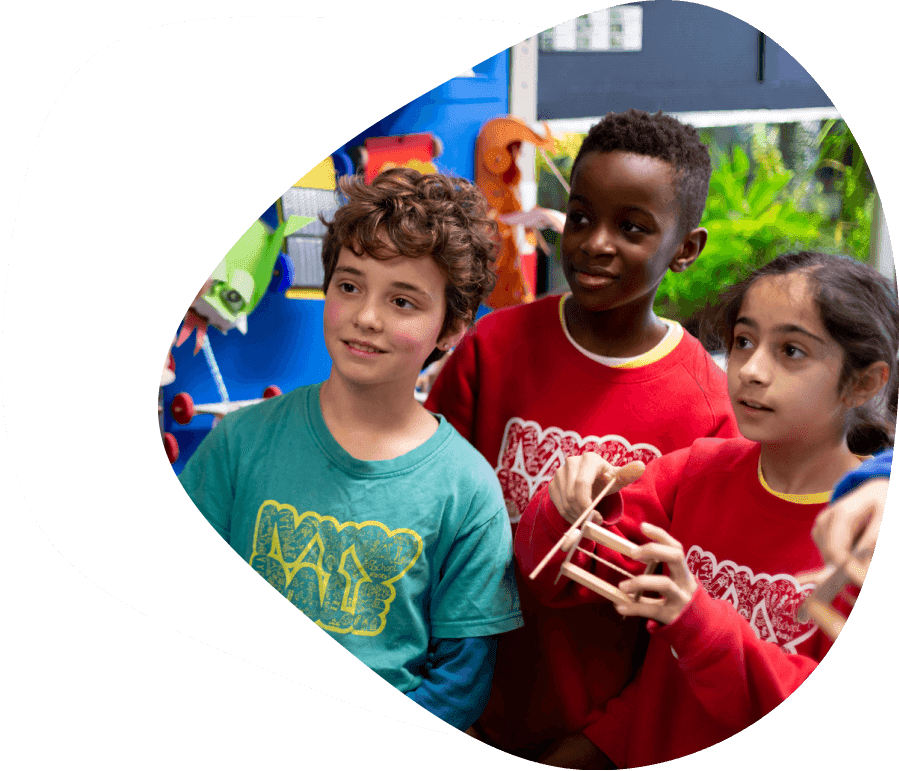What effective teaching looks like
The 3 characteristics of effective teaching and learning in the early years foundation stage (EYFS) are:
| Playing and exploring |
Children:
|
| Active learning | Children:
|
| Creating and thinking critically |
Children:
|
These are set out in paragraph 1.15 of the EYFS statutory framework.
When observing teaching in the EYFS, you should expect to see:
- Teacher-pupil interactions that help to identify learning
- A range of activities that engage children's interests. Children should choose and be guided towards activities that help them learn across the different areas of development
- Ongoing assessment by adults through observation, questioning and looking at individual outcomes
- Visual and verbal mental aids
- Time and space for imaginative play - indoors and outside
- A well-organised learning environment - read our article to find out how to evaluate this
- Activities that encourage:
- Children's exploration of the world around them
- Discussion of what children will make before and while making something
- Sustained discussion going beyond what staff and children have noticed
These are based on:
- Suggestions from Tracey Rees, a local authority EYFS specialist
- Pages 14 to 19 of the non-statutory Development Matters guidance
Consider these questions when observing practitioners
You shouldn't expect to see learning taking place within specific subject areas. Instead, children should be engaged in a range of activities and opportunities covering all the areas for learning and development.
Use the following questions suggested by Tracey when observing practitioners. They're based on the 4 overarching principles of the EYFS set out on page 6 of the EYFS statutory framework.
The unique child
-
Are all children being respected and acknowledged as individuals?
Positive relationships
- Are children being helped to build on prior learning by provision of activities, such as a play or a story, at a level that is demanding but still within the children's reach?
- Is the learning that is happening that day/week communicated to parents and carers?
Enabling environments
- Is the environment appropriate for the age group being taught?
- Is the environment stimulating and does it reflect the learning that is taking place?
- Are there resources available to children to self-select the learning through play?
- Is there a rich environment of continuous provision that the children can self-select and use to move learning forward? Is there differentiation to use at own level?
- Has the teacher ascertained what the children already know? Has the teacher built on this?
- Does the planning reflect the children’s interests in order to keep them interested and motivated?
Learning and development
- Are all areas, including the outdoor area, being used? For example, does the outdoor environment have activities/resources to stimulate numeracy?
- Does the practitioner use different learning styles so that the children can interact with the staff and each other? (For example, visual aids, touch, sounds and movements)
- Are staff modelling key vocabulary to the children? Is it displayed so that adults, children and parents can see it in the room?
Download our lesson observation templates
See our article on how to carry out lesson observations for further guidance, and templates to help you record your findings during an observation.
